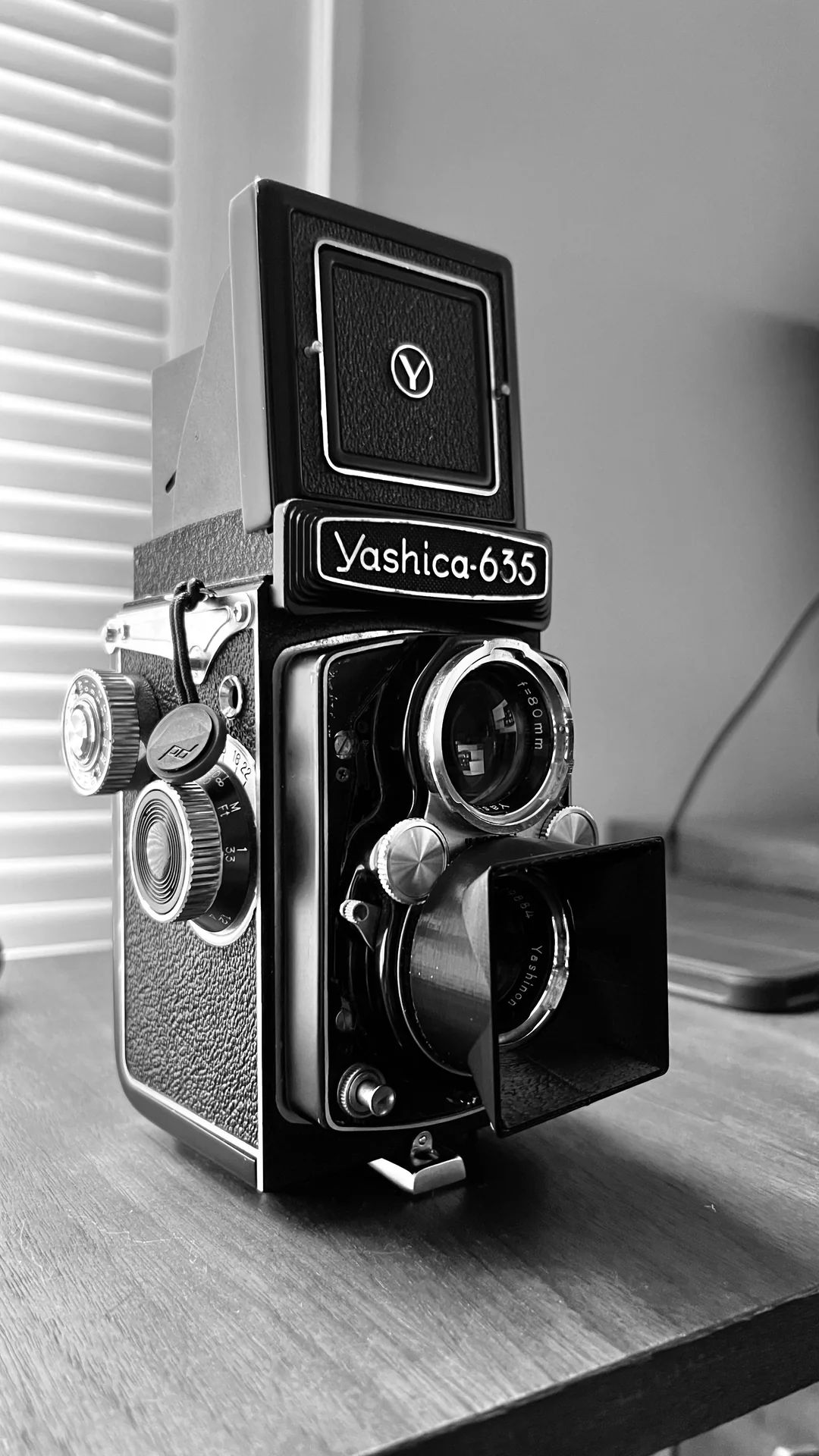
Article-at-a-Glance
Lens hoods prevent unwanted light from causing lens flare, which can enhance image contrast and quality.
Using a lens hood can protect your camera’s lens from accidental impacts, scratches, and the elements.
There are scenarios where a lens hood can cause vignetting or become cumbersome due to its size.
Choosing the right lens hood depends on the specific lens and the photographer’s style.
While lens hoods are generally beneficial, there are artistic situations where omitting them can be advantageous.
What is a Lens Hood and Why Does It Matter?
A lens hood is essentially a shield that attaches to the front of your camera lens. Its primary job is to block stray light from hitting the lens surface at oblique angles, which can cause lens flare and a washed-out image. But why does this matter? Well, because it’s all about the quality of light that reaches your film. Direct sunlight or bright sources of light can create harsh glare and reduce the contrast in your images. By using a lens hood, you’re ensuring that the light that does enter the lens is conducive to creating a crisp, clear photograph.
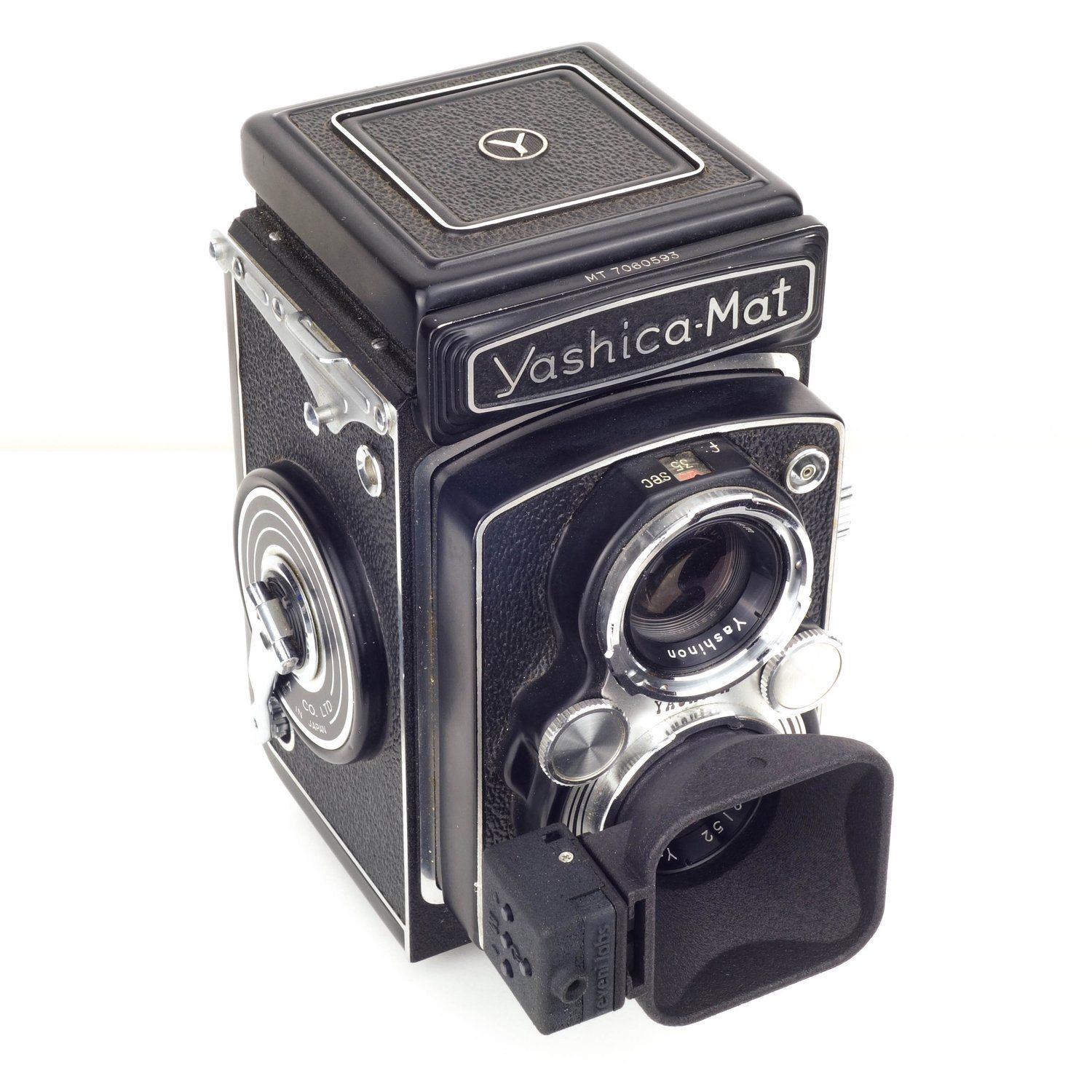
Light and Contrast
Here’s a simple way to see the difference a lens hood can make:
Take two photos of the same subject, one with a lens hood and one without.
Compare the images side by side and observe the contrast, color saturation, and presence of any lens flare.
You’ll often find that the image taken with a lens hood boasts richer colors and deeper shadows, creating a more dynamic and engaging photograph.
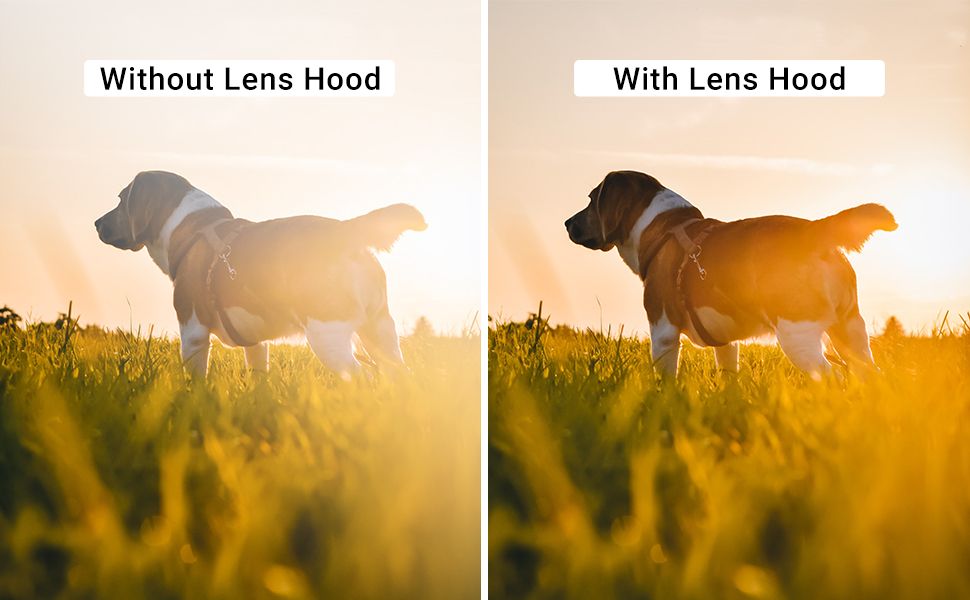
Achieving Clarity: How Lens Hoods Enhance Image Quality
A lens hood can improve the clarity of your images by ensuring that the light which contributes to the image formation is optimal. This means no haze from the sun’s rays and no unexpected softness from diffused light spilling into the lens. Learn more about managing film camera lens flares to further enhance your photography.
It’s worth noting that while a lens hood can’t fix every lighting issue, it’s a simple and effective tool to have in your arsenal for enhancing image quality. And in the world of film photography, where every shot counts, that’s a big deal.
Navigating the Drawbacks
Sell Your Photos Online On Pixpa!
50% off https://www.pixpa.com?via=andreja72
Code: PXREF50
Dealing with Vignetting: A Common Lens Hood Issue
Vignetting is a reduction of an image’s brightness or saturation at the periphery compared to the image center. It can occur when a lens hood blocks some of the light entering the lens, especially with wide-angle lenses. To minimize vignetting:
Ensure you’re using the correct type of lens hood for your lens. Petal-shaped hoods are often better suited for wide-angle lenses.
Adjust the hood properly. Make sure it’s attached in the right orientation and not blocking the field of view.
Test your setup before a critical shoot to ensure that vignetting won’t be an issue.
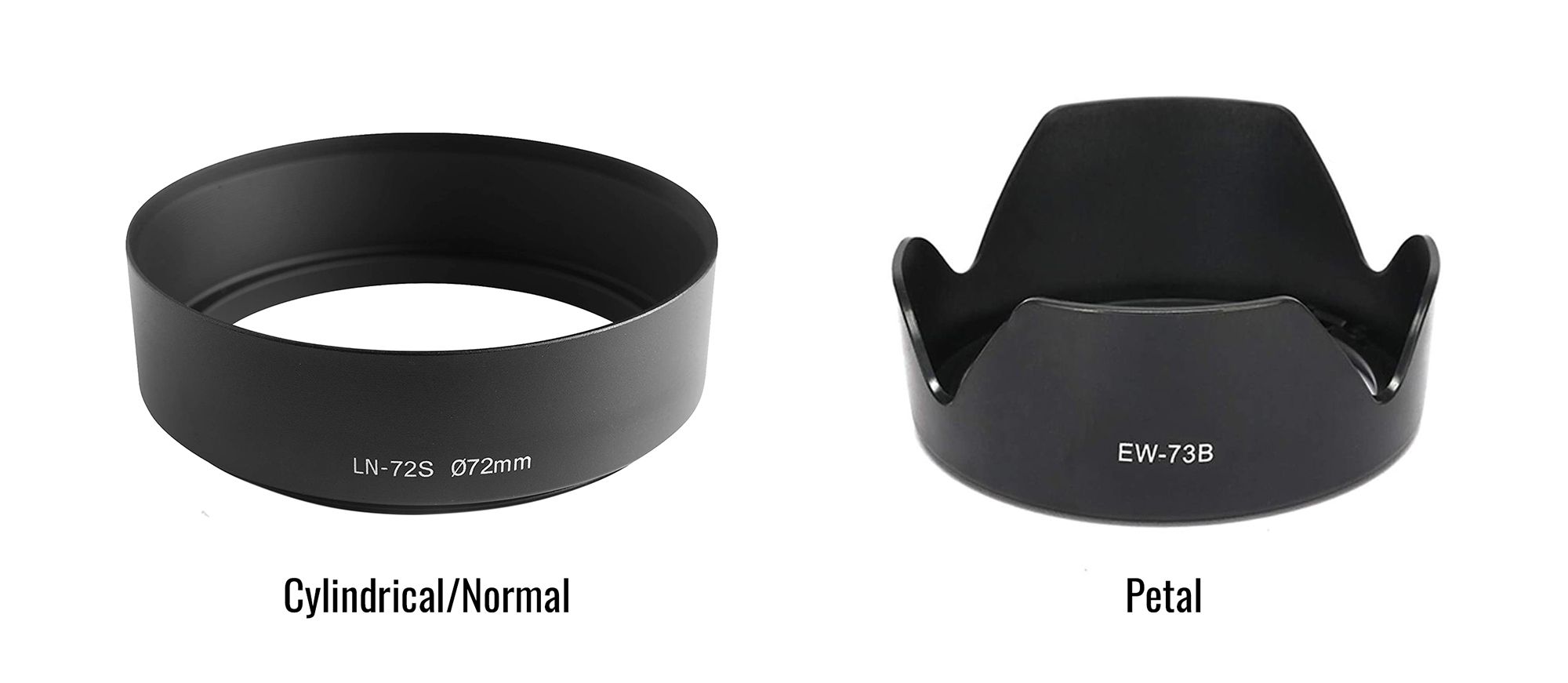
If you’re often outdoors in bright conditions, a deeper hood may be more beneficial. For street photography where you need to be more discreet, a smaller, less conspicuous hood might be preferable. Learn more about what is a lens hood for and how it can complement your photography.
Ensure that the lens hood you select is compatible with the lens diameter and model.
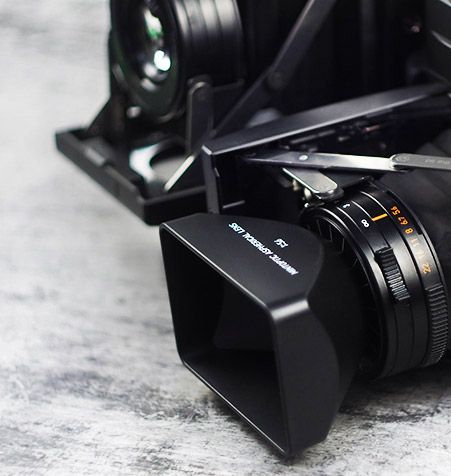
Conclusion
In conclusion, camera lens hoods are essential accessories that enhance the quality of photography by preventing lens flare, improving contrast, and protecting the lens from physical damage. By blocking unwanted light from entering the lens, they help produce clearer, more vivid images, especially in bright or outdoor settings. Additionally, lens hoods safeguard the lens against accidental bumps, scratches, and the elements. While often overlooked, investing in a lens hood can significantly improve both the longevity of your equipment and the overall quality of your photos, making them a valuable tool for photographers of all levels.
Sell Your Photos Online On Pixpa!
50% off https://www.pixpa.com?via=andreja72
Code: PXREF50
For more information check YouTube for information! Here are a helpful video you can watch.
Do lens hoods actually work?
Frequently Asked Questions
How Do I Choose the Correct Size of Lens Hood?
To choose the correct size of lens hood, you need to know the diameter of your lens, which is often indicated in millimeters (mm) on the lens itself or in the manual. The hood should match this diameter for a proper fit. Additionally, the hood’s design should correspond to the angle of view of your lens; wide-angle lenses often require petal-shaped hoods, while longer lenses can use deeper, round hoods.
Most lens manufacturers produce hoods specifically designed for each lens model, which takes the guesswork out of the equation. If you’re opting for a third-party hood, make sure to check compatibility charts or ask the retailer to confirm that the hood will fit your lens model.
Match the lens hood diameter to your lens diameter.
Choose the hood shape based on your lens’s angle of view.
Consider manufacturer-specific hoods for guaranteed compatibility.
When in doubt, consult with a photography shop or reach out to the lens manufacturer for advice on the appropriate lens hood for your equipment, or read more about managing film camera lens flares for additional guidance.
Are Lens Hoods Necessary for Indoor Photography?
While lens hoods are most beneficial in situations where there’s a risk of stray light causing flare, such as outdoors, they can still be useful indoors. Strong indoor lighting, like spotlights or windows, can create similar issues as the sun does outside. So, if you’re shooting in an environment with bright light sources, a lens hood can help maintain image quality. However, if you’re in a controlled lighting environment with minimal risk of flare, you might choose to forego the hood to keep your setup more compact.
Can I Use a Universal Lens Hood for Different Lenses?
Universal lens hoods exist and can be a versatile option if you have multiple lenses. They are designed to fit a range of lens diameters and can be a cost-effective solution. However, keep in mind that a universal hood may not offer the same level of light blocking or protection as a hood designed specifically for your lens. Additionally, the fit may not be as secure, which could pose a risk of the hood detaching at an inopportune moment. For more details on managing light with your lenses, you may want to read about managing film camera lens flares.
When using a universal hood, pay extra attention to how it affects your images. Check for vignetting or any reduction in image quality, especially at wider angles. It’s also wise to test the hood in different shooting scenarios to ensure it performs as expected.
Ultimately, the choice between a universal hood and a lens-specific hood should be based on your particular needs, the lenses you use most frequently, and your budget.
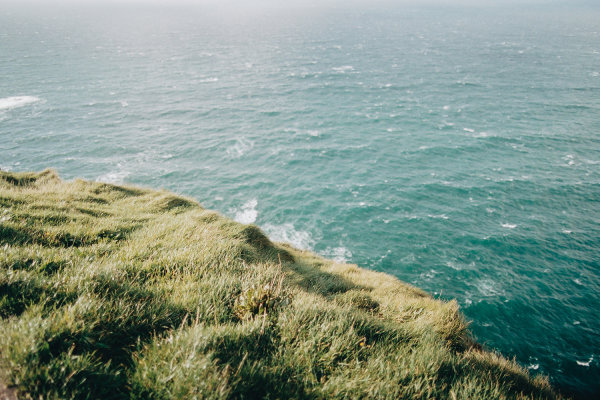



Leave a Reply